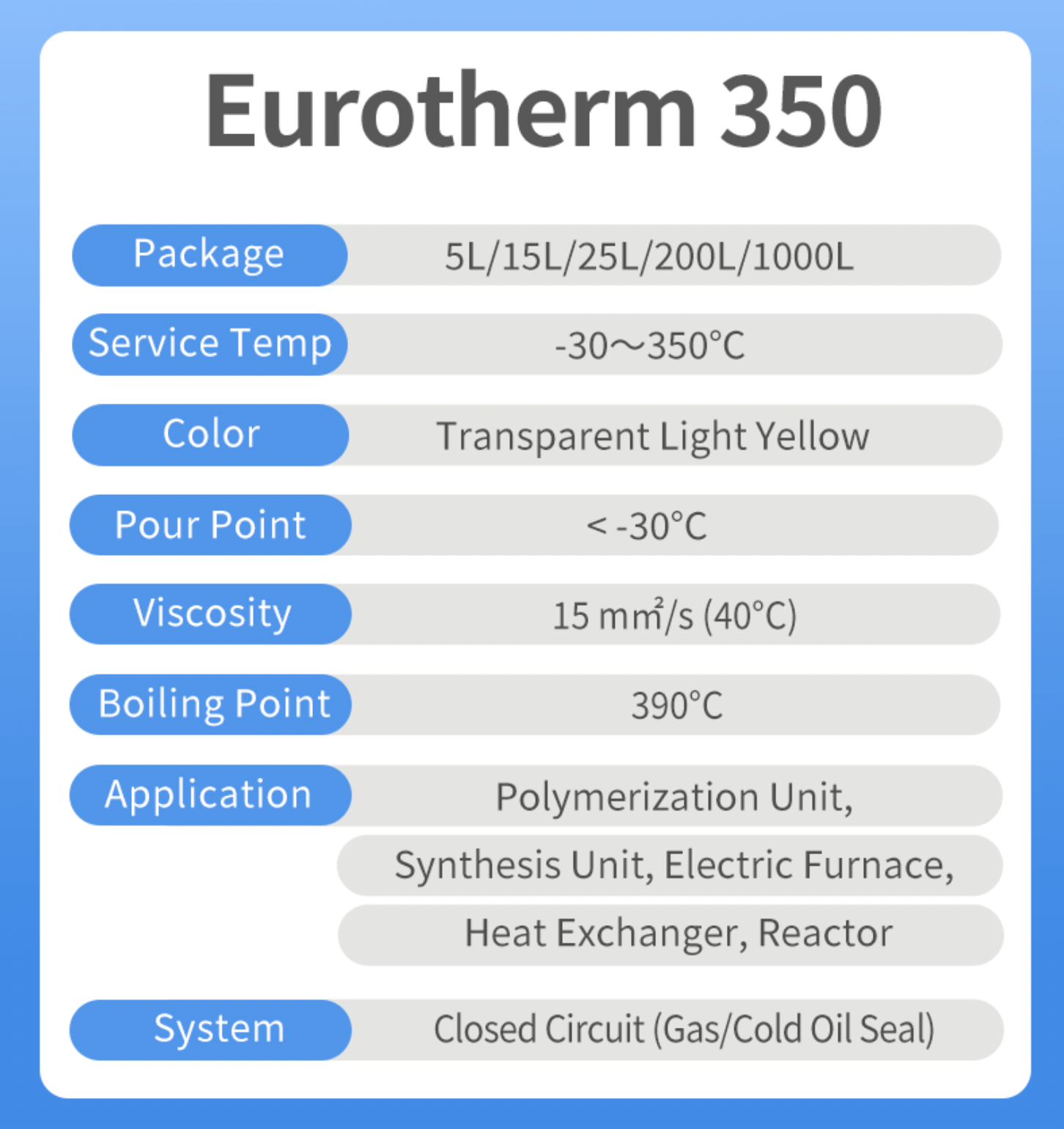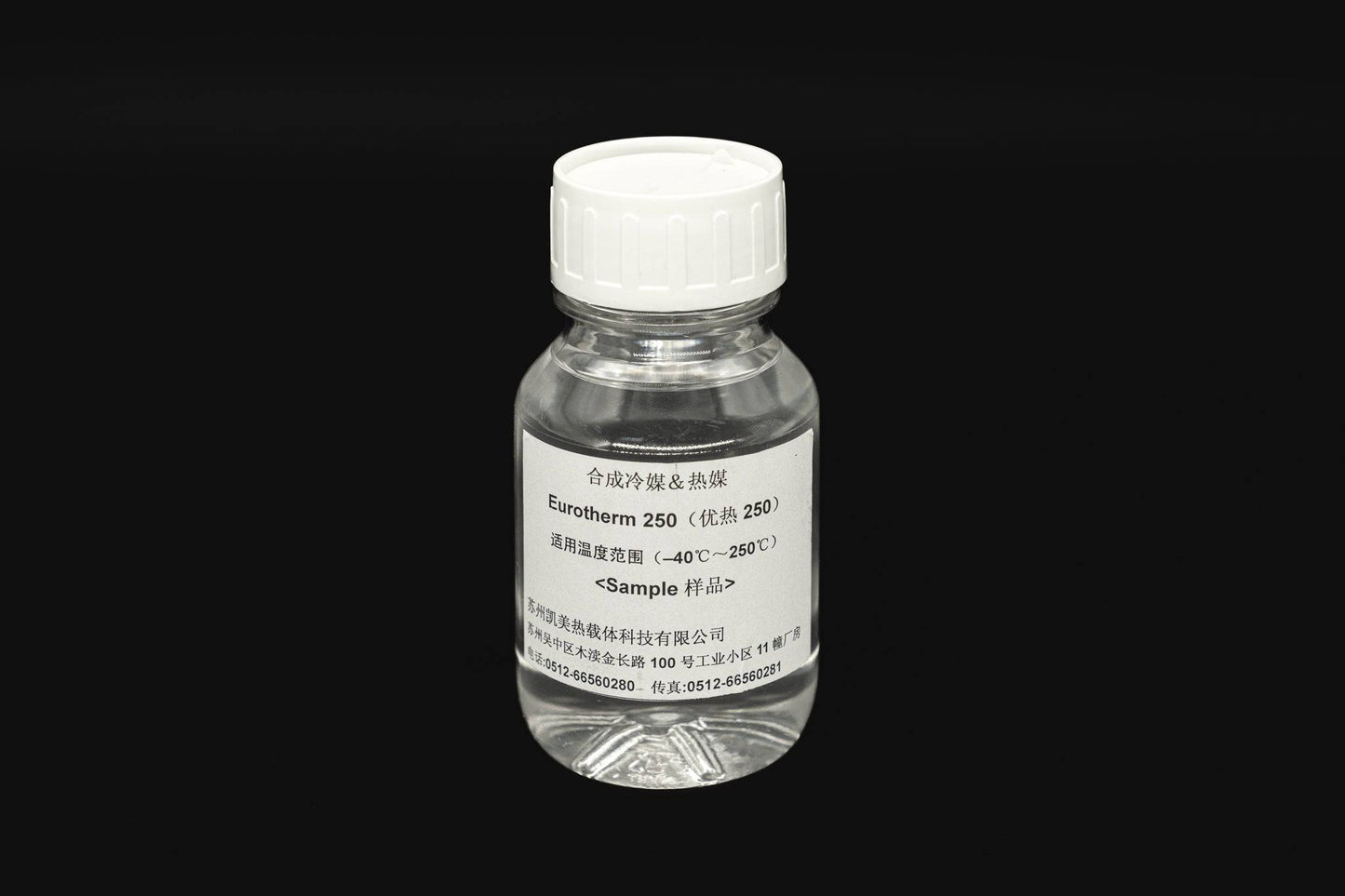The Greatest Guide To Chemie
Some Of Chemie
Table of ContentsWhat Does Chemie Do?The Ultimate Guide To ChemieThe Best Strategy To Use For ChemieChemie - An OverviewGetting The Chemie To WorkUnknown Facts About Chemie
By Bojanna Shantheyanda, Sreya Dutta, Kevin Coscia and David SchiemerDynalene, Inc. Liquid cooling, which can be achieved making use of indirect or straight means, is used in electronic devices applications having thermal power thickness that may go beyond secure dissipation via air cooling. Indirect fluid air conditioning is where heat dissipating electronic elements are literally divided from the fluid coolant, whereas in situation of straight cooling, the elements are in straight call with the coolant.In indirect cooling applications the electrical conductivity can be crucial if there are leakages and/or splilling of the liquids onto the electronics. In the indirect cooling applications where water based liquids with rust preventions are typically used, the electrical conductivity of the liquid coolant primarily relies on the ion focus in the liquid stream.
The boost in the ion focus in a closed loophole fluid stream might happen because of ion leaching from steels and nonmetal elements that the coolant liquid touches with. During procedure, the electrical conductivity of the fluid may raise to a level which might be dangerous for the air conditioning system.
Examine This Report about Chemie
(https://experiment.com/users/chemie999)They are grain like polymers that are qualified of trading ions with ions in a solution that it is in contact with. In the present work, ion leaching examinations were executed with numerous steels and polymers in both ultrapure deionized (DI) water, i.e. water which is dealt with to the highest levels of pureness, and reduced electrical conductive ethylene glycol/water blend, with the determined adjustment in conductivity reported in time.
The examples were permitted to equilibrate at area temperature for two days prior to tape-recording the initial electric conductivity. In all examinations reported in this study fluid electric conductivity was gauged to an accuracy of 1% making use of an Oakton disadvantage 510/CON 6 collection meter which was calibrated prior to each dimension.
The Chemie Ideas
from the wall home heating coils to the facility of the heating system. The PTFE sample containers were placed in the furnace when steady state temperatures were reached. The test setup was gotten rid of from the heater every 168 hours (seven days), cooled to room temperature level with the electric conductivity of the fluid measured.
The electric conductivity of the liquid sample was checked for an overall of 5000 hours (208 days). Schematic of the indirect closed loop cooling experiment set-up. Elements utilized in the indirect shut loop cooling down experiment that are in call with the fluid coolant.

The Only Guide for Chemie
Throughout operation the fluid tank temperature was preserved at 34C. The modification in fluid electric conductivity was kept track of for 136 hours. The liquid from the system was gathered and kept. In a similar way, shut loop examination with ion exchange resin was performed with the very same cleansing treatments used. The preliminary electrical conductivity of the 230ml UP-H2O in the system determined 1.84 S/cm.

0.1 g of Dowex material was contributed to 100g of fluid samples that was absorbed a separate container. The mixture was mixed and transform in the electric conductivity at area temperature level was determined every hour. The gauged change in the electrical conductivity of the UP-H2O and EG-LC examination liquids having polymer or steel when immersed for 5,000 hours at 80C is shown Number 3.
The 9-Minute Rule for Chemie
Ion leaching experiment: Measured modification in electrical conductivity of water and EG-LC coolants having either polymer or steel examples when submersed for 5,000 hours at 80C. The results show that metals added less ions right into the fluids than plastics in both UP-H2O and EG-LC based coolants.
Liquids containing polypropylene and HDPE exhibited the most affordable electrical conductivity modifications. This could be due to the link brief, inflexible, straight chains which are much less most likely to add ions than longer branched chains with weak intermolecular pressures. Silicone additionally performed well in both examination liquids, as polysiloxanes are usually chemically inert as a result of the high bond power of the silicon-oxygen bond which would certainly protect against destruction of the product into the liquid.
8 Easy Facts About Chemie Shown
It would certainly be anticipated that PVC would create similar results to those of PTFE and HDPE based on the comparable chemical structures of the materials, however there might be other impurities existing in the PVC, such as plasticizers, that might influence the electric conductivity of the liquid - inhibited antifreeze. In addition, chloride groups in PVC can also leach into the examination liquid and can trigger a boost in electric conductivity
Polyurethane completely degenerated right into the test fluid by the end of 5000 hour examination. Before and after photos of metal and polymer examples submersed for 5,000 hours at 80C in the ion leaching experiment.
Measured modification in the electric conductivity of UP-H2O coolant as a feature of time with and without resin cartridge in the closed indirect air conditioning loop experiment. The measured adjustment in electric conductivity of the UP-H2O for 136 hours with and without ion exchange material in the loophole is displayed in Figure 5.